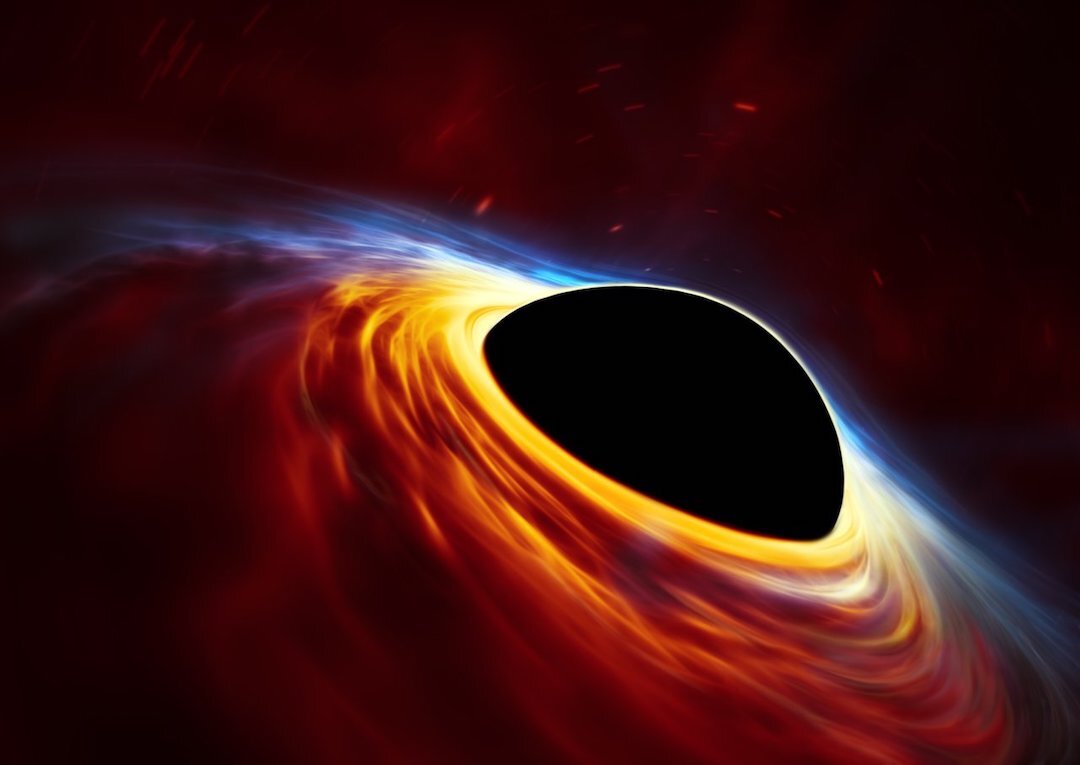Using the Chandra X-ray telescope, scientists have measured the rotation speed of one of the heaviest known black holes. It turned out to be significantly smaller than other similar objects.

Scientists measured the rotation speed of a black hole
Astronomers working with the Chandra X-ray Space Observatory have determined the mass of the quasar H1821+643. This supermassive black hole is growing rapidly and radiating a large amount of energy into space. It is located 3.8 billion light-years away from us.
Scientists estimate the mass from 3 to 30 billion solar masses. For comparison, the supermassive black hole at the center of the Milky Way is only 4 million times heavier than our home star. Among the monsters that scientists believe exist at the center of every large galaxy, H1821+643 is the largest.
And that’s why scientists were so interested in finding out the rotation speed of a black hole. They measured the intensity of X-rays reflected from the accretion disk that surrounds the object. Knowing it and how much gravity distorts space, it is possible to determine at what speed a black hole rotates.
Why do large black holes rotate slower than small ones
The rotation speed of H1821+643 is about half that of supermassive black holes with a mass of about 1 billion more than the solar one, which were observed before. And this is a very interesting result for scientists, it says a lot about the ways of evolution of these giant objects.
The largest black holes grow mainly by merging with other similar objects. During this process, they can greatly lose the speed of rotation and even change its direction.
In less massive black holes, a significant part of the mass falls on the accretion disk. The matter in it rotates rapidly and, when falling on a black hole, transmits its moment of rotation to it. As a result, such objects begin to rotate faster, trying to reach the speed of light.
According to Рhys.org
Follow us on Twitter to get the most interesting space news in time
https://twitter.com/ust_magazine
